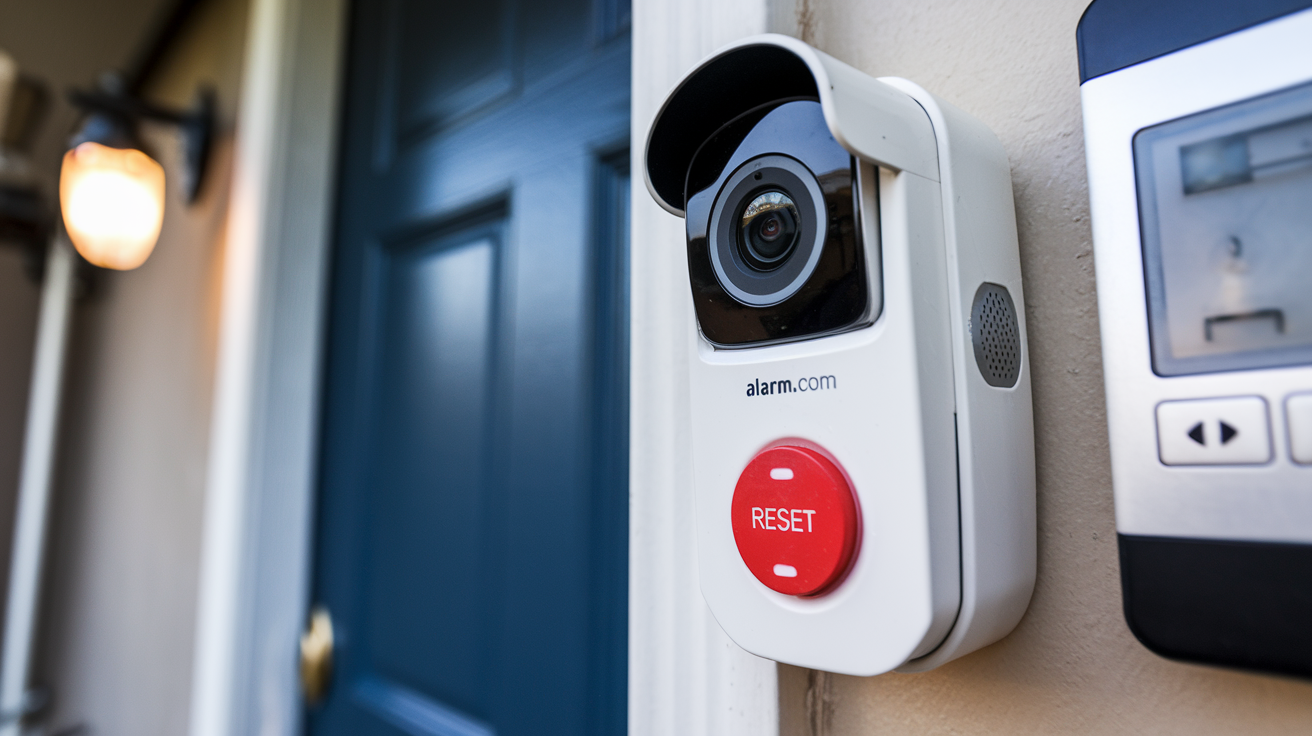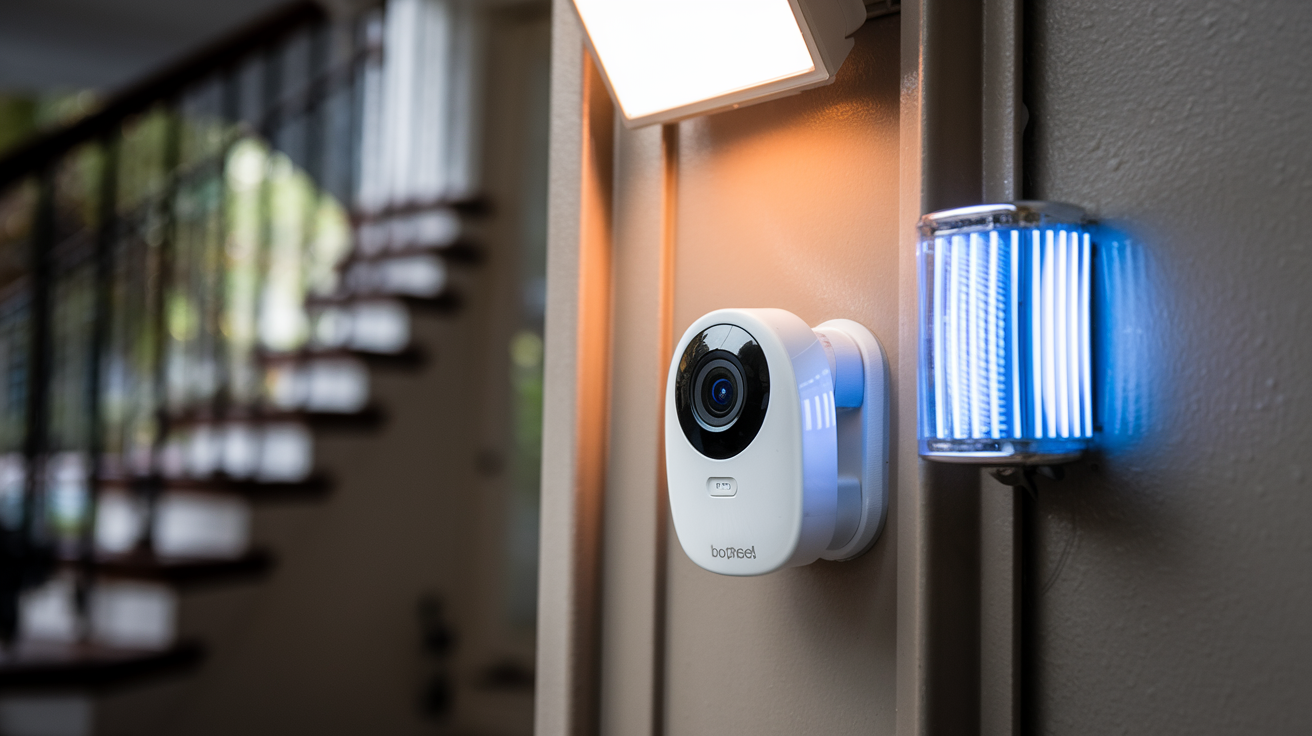The presence of an alarm system in one’s home can be of great importance as it adds security to the home. However, there may be a situation where you wish to turn your system off, for instance when you get home from work and wish to deactivate it or whenever you require to make some changes. To disable a home alarm you normally do not have to go through many processes; the steps depend on the kind of home alarm system. Below is a guide giving an overview of how to safely and effectively disarm most home security systems.
The eighth way of disabling home security systems:
It is however common to find self-installed home security systems with a keypad control panel positioned near a door. This keypad functions to control the activation and deactivation of the system. To disarm a keypad alarm system, you should input the right master code on the keypad. This usually is a 4 or 6-digit Personal Identification Number code. To input the numbers, type them slowly, entering them one by one with a pause of a second or so between the presses.
After the full code has been entered, the system should go off. You will know it is off when there is no red LED light flashing and there is no beeping sound which indicates the alarm is on. The keypad should show something like “System Off” or “Disarmed Ready to Arm”. Some keypads have auto reactivation, meaning if you do not open the door or motion sensors do not sense other activity for some time, the alarm may switch back on. Consult with your system manual for more information regarding this.
Disabling Professionally Monitored Home Security Systems
Most professionally installed and Monitored Alarm Systems have a central alarm panel box with a touch screen or an LCD control panel. Depending on the specific system brand and model, turning off a professionally monitored alarm may involve the following general steps: Depending on the specific system brand and model, turning off a professionally monitored alarm may involve the following general steps:
Please use your assigned Designated Entry Door. Many professionally installed systems have at least one or more points of entry. Normally, alarm keypads and motion sensors are installed near the front door, back door, or door leading from an attached garage. Always use any of these doors when approaching or leaving the compound so that you do not trigger the perimeter security (and create an alarm).
Transfer ‘Disarm the System’ to the Control Panel As soon as you are inside your house, locate your main alarm panel box. Find the button or a touchscreen LCD at the panel and then input the master code to disable the system. Be careful when entering the code to avoid the incorrect entry of the code. If disarmed correctly, there should appear a “System Off“(if it is a Zone only Disarm”) or “Disarmed Ready to Arm” kind of status message.
Disarm Any Other Houselocks In bigger houses, you may have other secondary panels or keypads in hallways at the second level, master bedrooms, etc. Proceed to each of the secondary panels and retype the master passcode once more. As well as ensure all indicators on these supplemental panels also display the system as being unset.
If you have any ongoing problems with your alarm company, contact them directly. It is worth noting that even if all the recommended procedure for disarming is followed at times the alarm systems develop faults and display error messages or false alarms. If you are unable to get your professionally monitored system to show a disarmed status when you have tried entering the right passcode several times, you should contact your security provider. These monitoring centers are staffed by technicians who can interface with the system, diagnose problems, and switch off alarms from a central location, and these are open 24/7.
Special Tips for Disarming Motion Sensor Activated Alarm Systems
Other home security solutions usually include motion sensors as one of the components of their protection plans. These sensors are meant to trigger alarm systems and notifications whenever there is any motion after a system has been activated. However, motion detectors can also cause headaches and false alarms if used inappropriately. Here are some tips for avoiding issues:
Leave Through Designated Doors For a home with motion sensors, ensure that you leave through recognized doors when exiting the house. Some of the interior motion detectors could be triggered when passing in front of them on your way out. If arming the system before you exit, interior motion eyes will also sound the alarm if the zone is triggered.
Get in before the motion sensor activation period is up. All the motion detectors that are used in alarm systems come with a standard activation delay time. This enables you 30-60 seconds after the system has been disarmed to move around the house without triggering the interior motion eyes. Realize that there is a particular time frame for the activation of the systems and be certain that you complete the process of disarming the panel before this time lapses. Every movement that is felt in the protected areas once the reactivation period is over will trigger the alarm.
If necessary, turn off individual motion sensors Every alarm system has an operating protocol that spells out how to disarm specific sensors or detection areas. In case you have to make any adjustments or conduct some sort of work that involves movement in the areas that are under the surveillance of the motion detectors, you should log into the alarm system control panel and then disarm these motion eyes for a while. Just ensure that they are deactivated when used, but activated again once one is done using them.
Ensure the right protocols for turning off the alarm until this becomes a culture.
Similar to many home appliances and technologies, home security systems are normally warranted to be complex or irritating at some point. However, taking the correct steps on how to disarm your alarm several times will not be an issue every time you get in and out of your house. Wait, observe the status of the alarm, and do not hesitate to ask questions of your security provider if you feel something is off. Over time, the routine procedures of turning off the home alarm system upon entry and exit will become synthesized as a standard practice.
Protect your home today with ADT’s top-rated security solutions!
Call now at +1 877-470-7879 to get a free consultation and find out how you can secure your home with the best in the business. Don’t wait—ensure your peace of mind with ADT!







